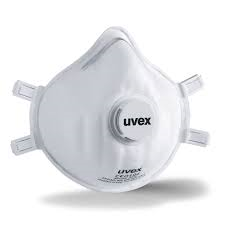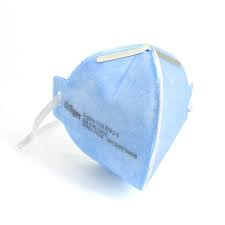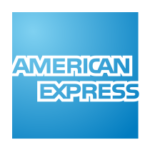- +267 241 4990 | 2406013
- quotations@quipcobw.com
- +267 78 588 017
ALL PRICES ON THE WEBSITE DO NOT INCLUDE 14% BOTSWANA VAT.
VAT WILL BE ADDED AT CHECKOUT.
ALL PRICES ON THE WEBSITE DO NOT INCLUDE 14% BOTSWANA VAT.
VAT WILL BE ADDED AT CHECKOUT.
The difference between Masks and Respirators
We clarify the technical difference between a MASK and RESPIRATOR. We commonly call Respirators Dust Masks or Masks.
Masks are loose fitting covering the nose and mouth designed for one way protection to capture bodily fluid leaving the wearer. They are not designed to protect the wearer and the vast majority have no EN or NIOSH safety rating.
Respirators are tight fitting and designed to creat a facial seal. Non-valved respirators provide good two way protection by filtering both inflow and outflow air. When worn correctly, they are designed to protect the wearer up to the safety rating of the respirator.
Can you spot a non-compliant Respirator.
During the Coronavirus pandemic South African Authorities allowed non-compliant respirators and masks into the market. The import of Respirators is covered by the National Regulator of Compulsory Standards (NRCS) who normally stops the importation of non-compliant products. These non-compliant respirators are a health risk as they may provide little protection against Dust or the corona virus.
Africa uses the European EN system and the respirators in Southern Africa use the FFP Rating. The Americans use the NIOSH standard and the Chinese use their their own standard which is similar to the American Standard. A European FFP2 mask is the equivalent to the American N95 and the Chinese KN95.
All Masks used on mines in Botswana should also have a Homologation Certificate issued by SABS or NRCS which confirms that they comply to the required Standard. (SANS 10338:2009) and be registered with the Botswana Department of Mines.
Understanding the markings on your Respirator

Compliant masks will have the following markings;
European EN149 and United States NIOSH compliant masks.
Manufacturer Name or Logo
European Standard Number or the NIOSH (USA) Approval Number.
European Certification Mark CE or the word NOISH
The Manufacturer model number and NIOSH (USA) masks will also show the manufacturers lot number.
The Respirators will also show the Filtering face-piece class:
CE certified Masks will show – NR for single use mask and R for reusable masks.
NIOSH (USA) certified Masks will show the Filtering face Piece class – N95.
The European FFP masks will have the CE logo and the Notification Bodies ISO Registration number that is responsible for the product certification.
Chinese Standard GB2626-2006 requires their KN95 Masks to have;
Manufacturer Name or Logo and Model number.
The Chinese Standard number and Filtering face piece class.
Note: Chinese standard KN95 masks are typically held in place by over ear loops while NIOSH N95 and CE FFP masks are held in place by round the head loops.
European EU Examination Certificate.
All European Examination Certificates will show the following ;
Certificate Number.
Notification Body Name, ISO Number and Address.
Manufacturer Name and Address.
Full Product Description & Code.
The PPE Regulation that applies.
Date of Issue and date of expiry.
There should be subsequent pages with test details.
Signature of authorised person at Notified Body.

Africa has become the dumping ground of non-compliant masks that were rejected by Europe and other countries. In many cases they were supplied as aid or donated. If you are a front line health worker you must check that your PPE conforms to the relevant standards.
+267 2406013
+267 2414990
Plot 1605 , Corner of Gemsbok St. & Makgadikgadi Dr.
Light Industrial Sites,
Francistown, Botswana.





